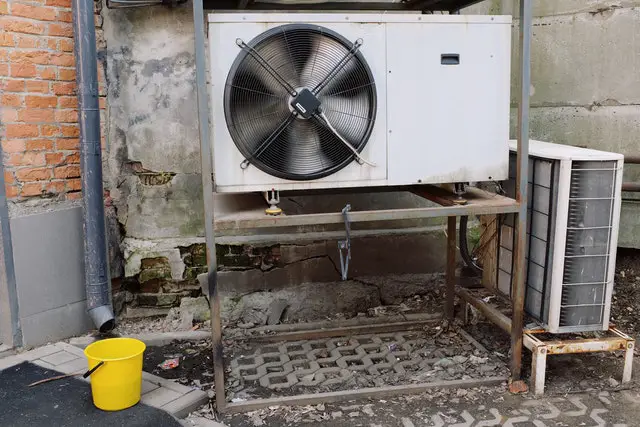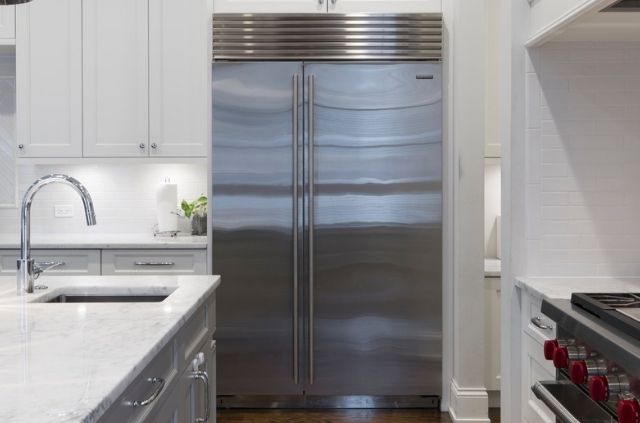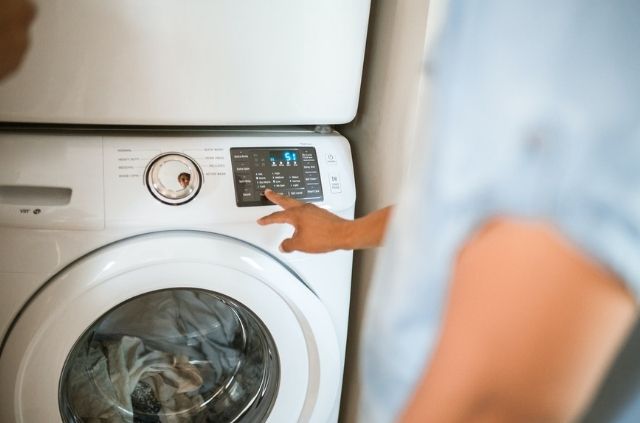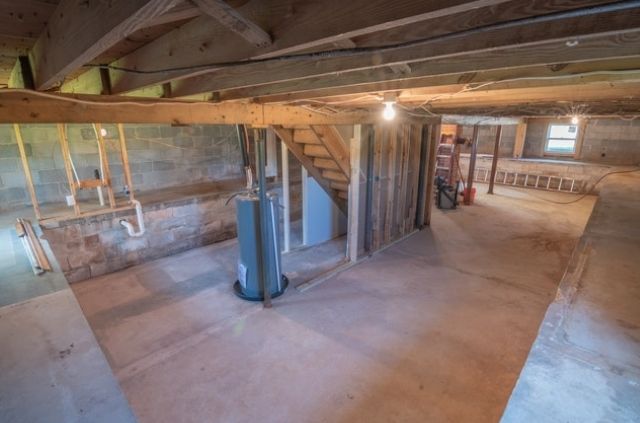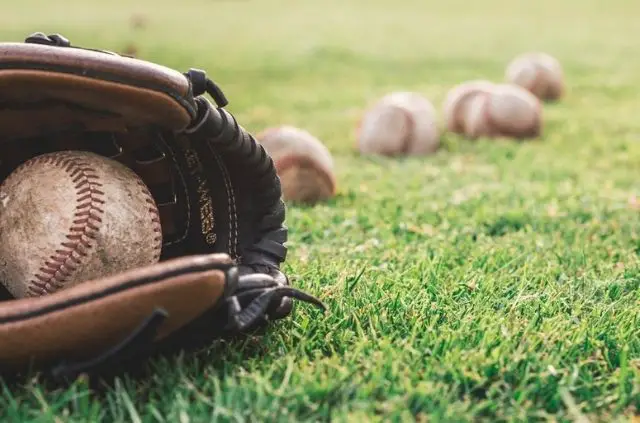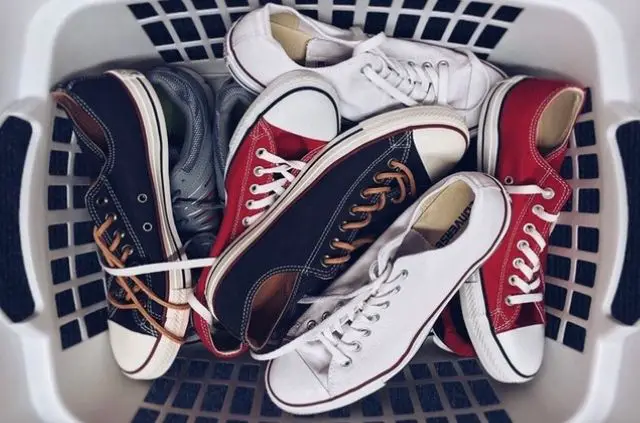4 Signs of Mold in Crawl Space
Have you ever entered your crawl space only to notice a musty smell? It’s no secret that basements and crawl spaces are damp, which is one reason why they can smell so funky. But even a small amount of water underneath your house can create a recipe for mold. In this article we will cover all of the warning signs of mold in a crawl space.
Is Mold in Crawl Space Dangerous?
Two different home inspectors might give you two different answers to this question. One could say it’s fine in the crawl space and it won’t hurt you at all. While the other person might tell you that crawl space mold is dangerous and you need to evacuate your home immediately. The truth is, it all depends on what kind of mold it is.
Even the most experienced mold inspector won’t be able to identify what type of mold it is on site. Their job is only to take a sample of the mold in order to send it to a lab. Once it arrives, microbiologists run tests to determine what kind of mold you have and if it’s dangerous. Don’t trust a home inspector to identify every strain of mold.
Types of Crawl Space Mold
- Stachybotrys (also known as black mold)
- Penicillium
- Aspergillus
- Cladosporium
Signs of Mold in Crawl Space
Mold doesn’t appear out of nowhere. It takes certain conditions in your house for the organic growth to begin. But when it does start developing, it can spread very fast. Be aware of the following warning signs of mold in your crawl space.
1. Musty Smell
It doesn’t matter how much you clean your basement or crawl space, it always seems to smell musty. Does this problem sound familiar? The smell is caused by dampness, as these areas in the house are the perfect environment for holding moisture. Just think about it – crawl spaces are dark, wet, and get little to no sunlight.
This is the ideal situation for mold growth. One of the best solutions to dealing with this problem is getting a dehumidifier in your crawl space. A device like this will only set you back a couple hundred dollars, but it can save you in the long run. If you ignore mold in your crawl space it will only spread and get much worse.
2. Visual Black Mold
One of the easiest ways to identify mold is to do a visual inspection of the crawl space. Examine the floor joists for any obvious black substance. This is the most common type of black mold, which is why you want to look out for this color. It should be somewhat easy to see against the wood of the floor joists and a well lit flashlight.
If you have an older house, there’s a greater chance that this type of black mold will be present. If left untreated for years, it will eventually eat away at the wood until it gets to a point where it must be replaced. Although mold can be found in older homes, it can also be found in basements and crawl spaces that get flooded on a regular basis.
3. High Humidity
You should always look out for mold in your crawl space if you live in an area with high humidity. If there’s humidity in the air you can expect moisture as well. And as you should know by now, these conditions are ideal for mold growth. The interesting thing to point out is that the level of humidity can actually vary depending on the room of your house.
Kitchens, bathrooms, and laundry rooms will always be the most humid parts of the house. That’s because each of these areas gets warm often. If you have any of these rooms above your crawl space, mold can start to grow quickly. And if you don’t have air conditioning in your house, it’s important to examine the crawl space for mold regularly.
4. Buckled Hardwood Floors
Another way to figure out if there’s mold in your crawl space is to examine the floors. Having buckled hardwood floors is one sign that mold has already begun to grow in between the floorboards. This problem is actually caused by water above the crawl space. That’s why it’s so important to clean up spills as soon you can to avoid this problem.
It should come as no surprise that buckled floorboards can be found mostly in the kitchen, as this is where water can spill. But it’s not always a spill that can cause uneven hardwood floors. Faulty kitchen appliances like the sink and dishwasher might be the culprit of this issue. Make sure to check these machines for any leaks and repair them.
How to Clean Mold in Crawl Space
Now that we have identified the warning signs of mold in a crawl space, we can discuss how to remove it. Cleaning mold on your own is always an option, but it’s best to be done by a professional when you’re dealing with a small area like a crawl space. They will be able to set up their equipment and fix the problem in a matter of hours.
Wear Protective Gear
By now you should understand that having mold in your house can create health risks. So when it comes time to kill mold, you will need to wear proper protective gear. Rubber gloves, safety glasses, a respirator, and long clothing will keep you safe during the removal process. You want to create a barrier between yourself and the airborne mold spores.
Use a Sander
When there’s mold in a crawl space it will likely be on the floor joists, or floorboards. In order to remove it successfully, you will need to use a sander. Sanding is the only way to remove stubborn mold that is deep within the wood. Just make sure to only sand areas that have mold. You don’t want to strip down any wood in the nearby areas.
Discharge with an Air Mover
One of the most effective ways to rid mold from your crawl space is to use an air mover. This machines gets placed inside the crawl space with tubing and ventilation directed out of the house. This is a safe removal method, as all of the mold spores will be discharged without the worry of them circulating around the house in the process.
Clean Up
Once the mold has been sanded off and removed with an air mover, you can clean up the area. Even though air movers can be useful pieces of equipment, they will not remove everything. Any remaining mold dust left in the crawl space can be sucked up with a shop vacuum. This last step will guarantee the room is fully disinfected.
Final Thoughts
Hopefully this article has helped you understand all of the warning signs when it comes to mold in a crawl space. The most important thing to remember is keeping an eye on this area below the house to prevent mold from developing in the future.
Water spills from above the crawl space and having a musty smell are just some of the potential causes. But if you live in an area with high humidity, mold can also start growing very quickly.
Further Reading
Search Terms
- Signs of mold in crawl space
- How to remove mold in crawl space

